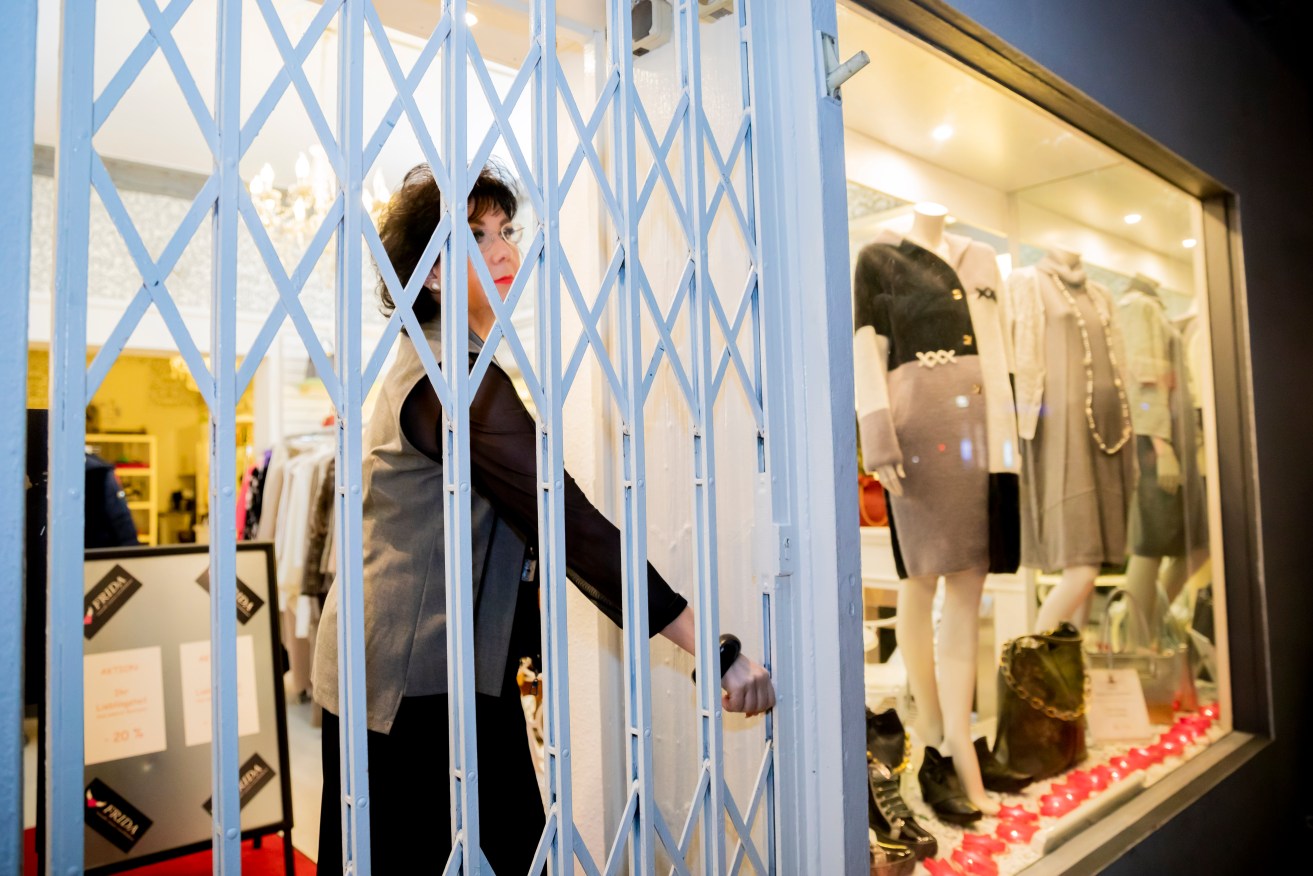Working more, paid less – the sad truth about women’s wages


Women have made gains in pay and super – but significant barriers remain. Photo: Getty
Women are working more than men, according to the latest Australian Bureau of Statistics and their pay levels grew slightly faster than men.
Women’s pay for the year grew 6.7 per cent while for men it was 6 per cent.
However, women are still overwhelmingly employed in low-paying areas.
The ABS reported that in the year to April 15, the number of payroll jobs held by women increased by 1.4 per cent while for men the figure fell by 0.8 per cent.
However, women are benefiting less from this change despite the post-COVID labour shortages. Underemployment for women has grown in the past year, even as the gender pay gap improved.
These findings come in the latest Financy Women’s Index, which fell 0.6 per cent to 76 over the quarter, demonstrating that women’s relative positions declined compared to men in work-related financial measures. However over a year the index rose from 72.2 per cent.
The most worrying measure in the chart was underemployment, where the rate for women rose by 3 percentage points to 7.35 per cent while the rate for men was steady at 4.93 per cent.
The actual gender pay gap, however, narrowed slightly from 13.8 years to 13.3 years in the last quarter and dropped significantly from May 2022, down from 22.
Independent economist Nicki Hutley, a member of Financy Women’s Index committee, said underemployment outcomes were difficult to reconcile with the supposedly tight labour market.
“Why is it that if we’ve got all these skill shortages everywhere women aren’t benefiting as equally as men?” she said.
“The fact that there was such a big fall in the underemployment rate for women compared to men overshadows improvements made in full-time employment.”
The survey found that male underemployment as the economy recovered from the pandemic reduced five times faster than the rate for women. However, underemployment remained at a record low for both men and women.
In overall employment, women lost out slightly, with the gap being 28 years compared to 27.7 in May 2022.
The overall decline in the index was a worry, said Bianca Hartge-Hazelman, the report’s author and Financy managing director.
“We haven’t seen a step backwards like this for a decade,” she said.
“What seems to have happened during the pandemic was we had improvements and we saw the unpaid work gender gap close a bit. While women were hard hit initially, their recovery from lockdowns and the like was stronger [than men’s].”
What had happened in the past year, however, was that “there was a reversion to where we used to be – and that’s the concern”, Ms Hartge-Hazelman said.
There was a significant gain in women’s superannuation relative to men’s. The index shows that women will take 19 years to catch up to men’s super, compared to 33 years in the previous report.
The jump in women’s super situation came because younger men took advantage of the emergency pandemic provision allowing withdrawals from super far more than women did.
“The data shows that the super balances of men under 35 were lower than they were in 2018,” Ms Hartge-Hazelman said.
While the overall index fell for women, it was not a reflection of women going backwards in the areas measured. The underlying results were actually an improvement for women but the issue is that the gender gap widened, Ms Hartge-Hazelman said.
That phenomenon was not new.
“We have always tended to see that progress for men always outpaces progress for women,” she said.
While there has been a big improvement for executive women moving into directorships for ASX-listed companies in recent years, at the other end of the work scale nothing has changed.
The gender gap for unpaid work, a significant area that keeps women’s incomes lower, improved significantly between May and December 2022, falling from 58.7 years to equality with men to 44. That still significant gap is driven by the fact that women do far more family caring than men, both for children and the elderly.
“It leads to underemployment because if you are caring for someone you just can’t take that extra shift,” Ms Hartge-Hazelman said.
Underemployment a problem
The gender pay gap rise and the expanding underemployment gap were, in part, because of industries performing differently, Ms Hutley said.
“If you look at the ABS figures on monthly turnover by industry, you see that things like mining, transport, logistics and building are growing strongly.”
“They are growing much faster than areas like retail, health and education, which are the more female dominated areas,” she said.
“But the only reason those industries are female dominated is because of inherent biases [in employment] and history.
“You would think this was an opportunity for us to shift the dial a bit.”
Policy change
Improving women’s overall employment situation would require policy changes that at this point were not happening, Ms Hutley said.
“A recent report from the Productivity Commission said that we were missing 90,000 women from the workforce because they couldn’t find childcare,” she said.
Affordable childcare was a major impediment to closing the gender gap and needed to be resolved. With the Labor committing to lift childcare subsidies, this was one major area of policy difference between the parties in the 2022 election, Ms Hutley said.
Even in areas that are traditional employers of large numbers of women, men are doing comparatively better.
“Look at health – even though there are 1.4 million women in the sector and only about 300,000 men, a lot of these men are managers,” Ms Hartge-Hazelman said.
And men in managerial jobs had one of the largest gender pay gaps with women doing similar tasks earning less, she said.








